Background
That should explain what AWS was. And it's the most 90's thing you'll ever see, to boot!
According to Wikipedia:
In early 2011, AWS Convergence Technologies, Inc. (formerly Automated Weather Source) changed its name to Earth Networks, Inc. In November 2016 it was announced that xAd acquired WeatherBug from Earth Networks.
Their website (aws.com) is pretty great, too:
IT'S BETTER HERE...OUR CLOUDS ARE REAL! ... You were probably looking for Amazon, but now that you are here, take a look at what we can do.
But, someone named [Brian] is still answering email at support@aws.com! Nobody responded from Earth Networks or WeatherBug. [Brian] said,
We no longer sell or support these old digital displays, they were required to use with an actual weather station to display data. If you wish to try and make it work without a weather station then you may try to do so, I'll give you the link to the user's manual for that display. http://download.aws.com/manuals/DisplayManual.pdf
That's better than a kick in the pants, I guess. The manual has a WeatherBug logo on it. Here's the meat of it:
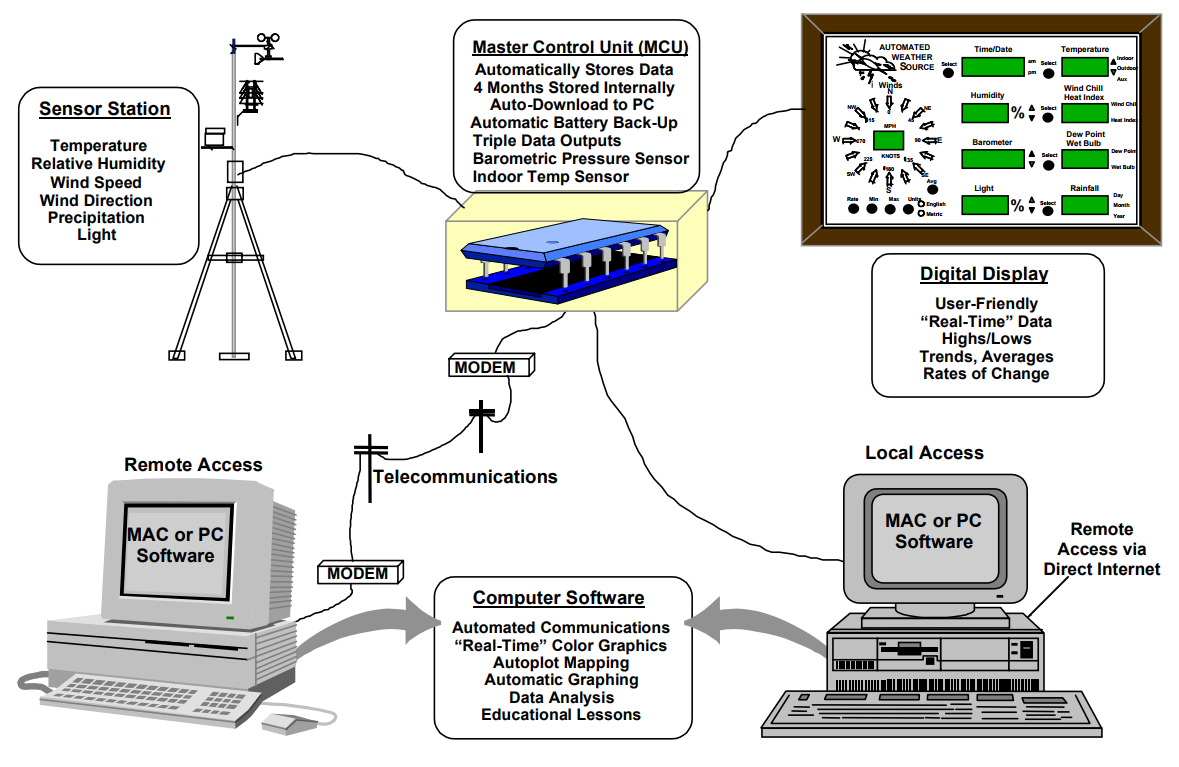
The MCU feeds the display, modem and a local computer. It is fed by data from a sensor station, which I don't have.
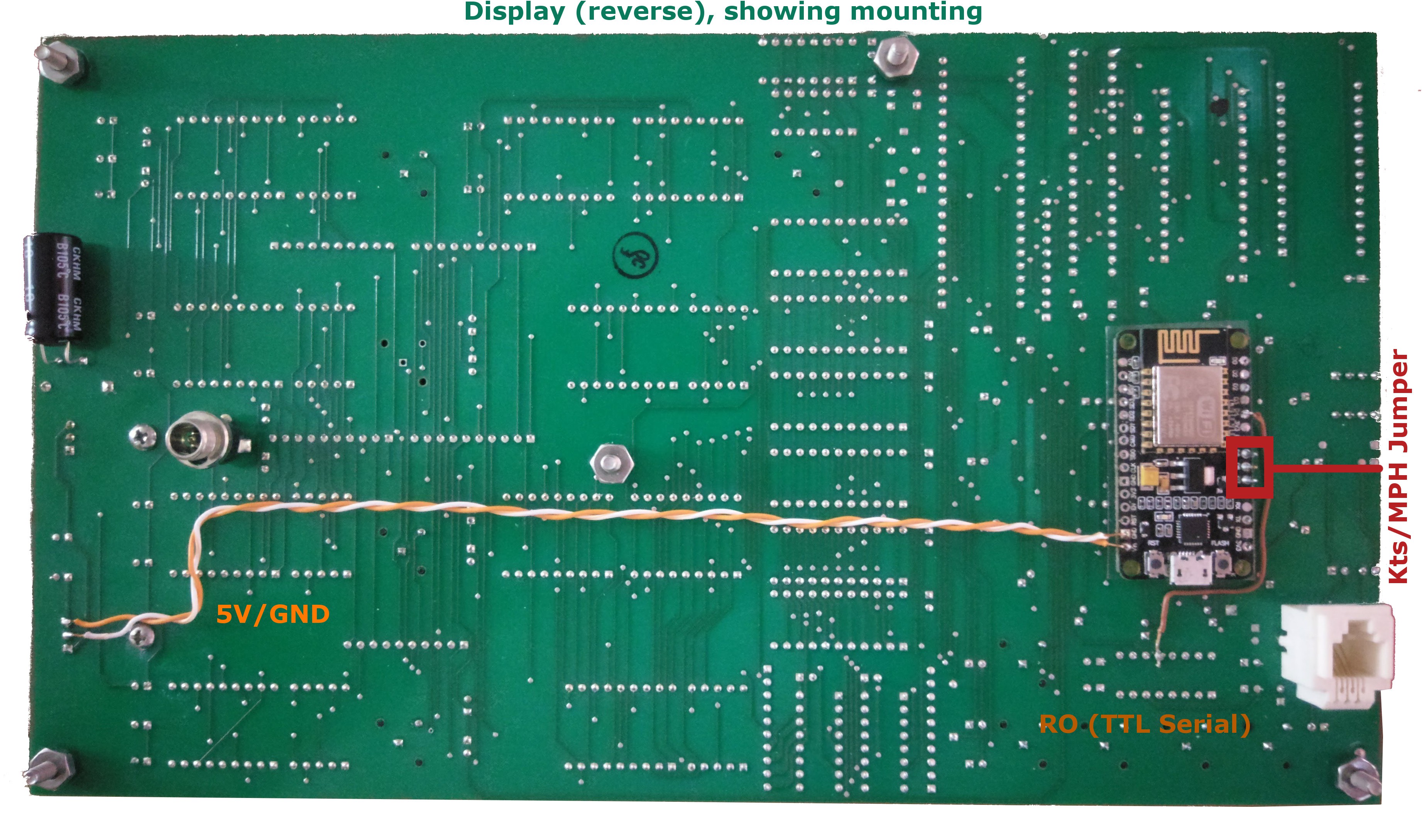
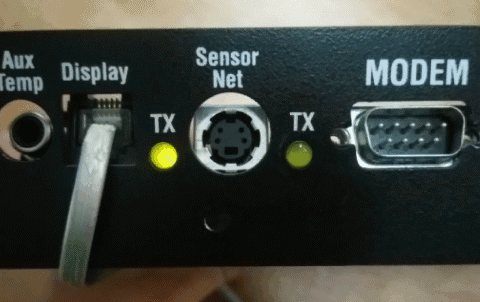
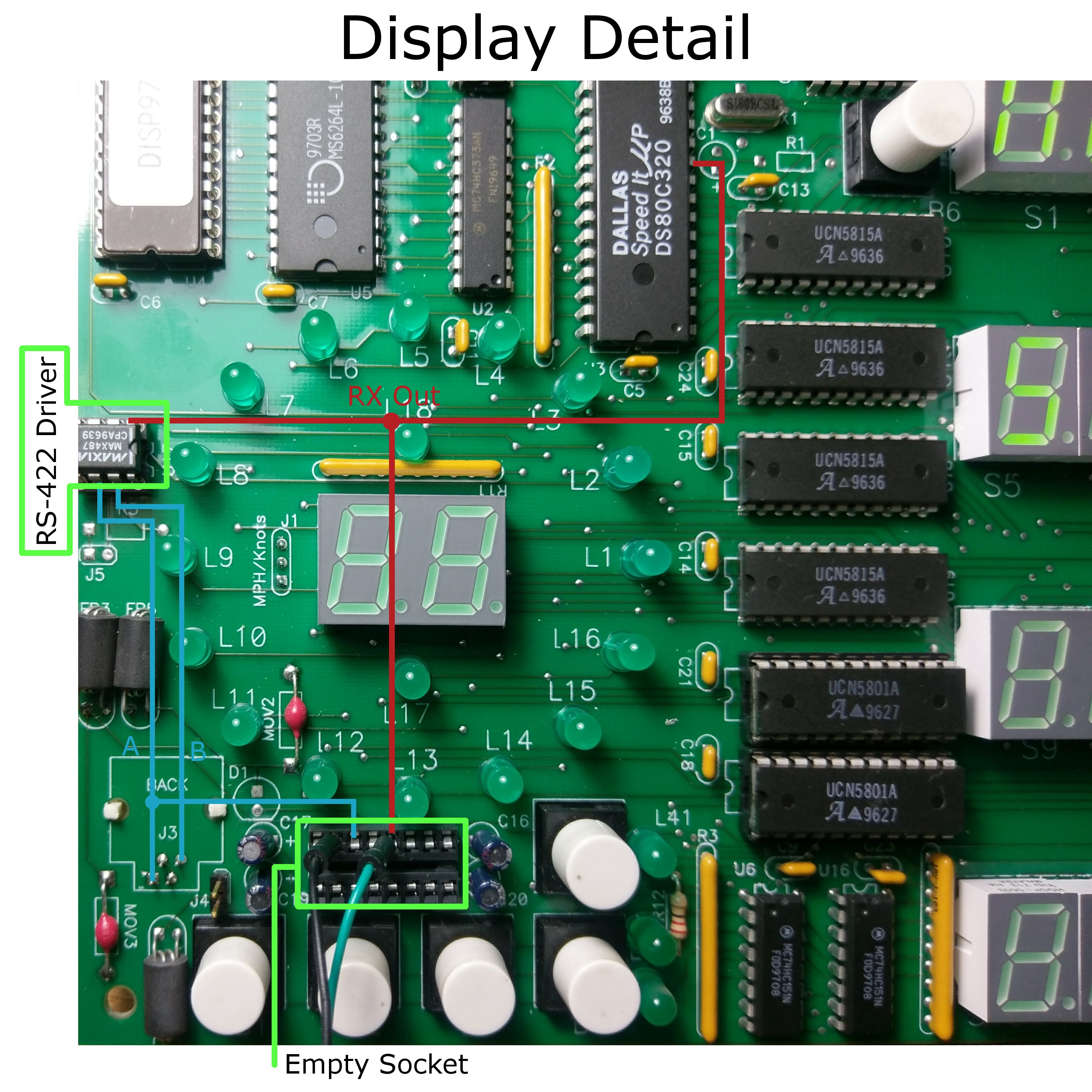

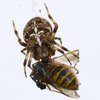
Do you know if the data going to the display is the same information that would be coming from the weather sensors? I'm working on a similar project that uses the MasterControl to take in information for non-OEM sensors.